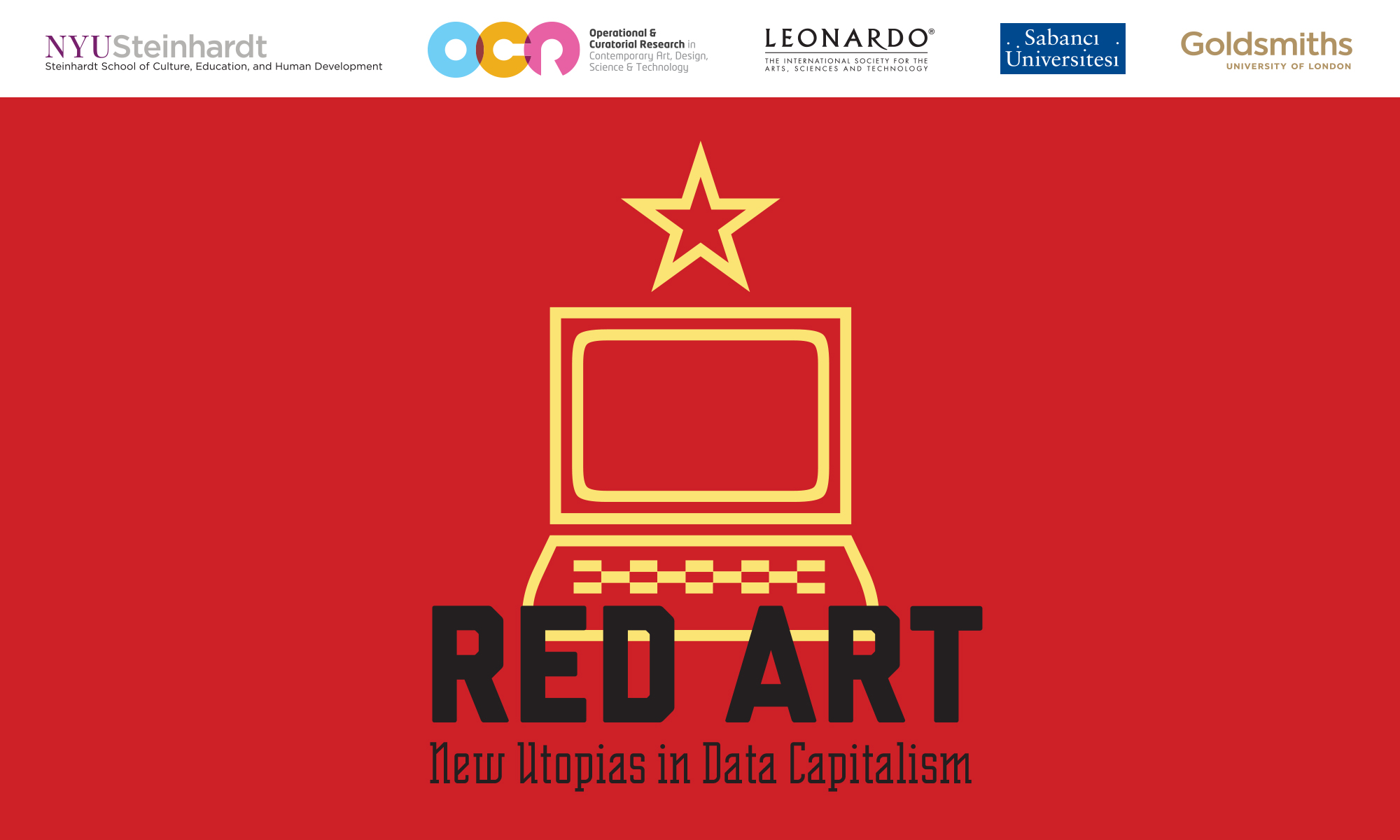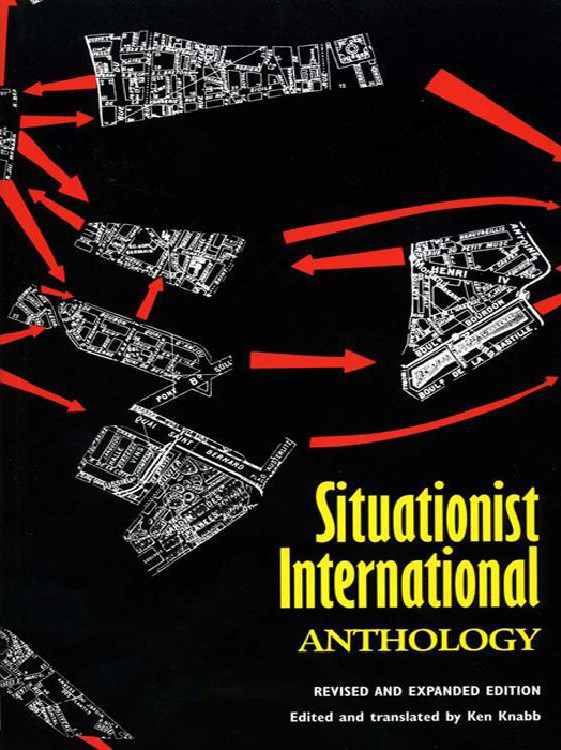Sianne Ngai: Our Aesthetic Categories: Zany, Cute, Interesting (2012)
Filed under book | Tags: · aesthetics, art, avant-garde, capitalism, literary theory

“The zany, the cute, and the interesting saturate postmodern culture. They dominate the look of its art and commodities as well as our discourse about the ambivalent feelings these objects often inspire. In this radiant study, Sianne Ngai offers a theory of the aesthetic categories that most people use to process the hypercommodified, mass-mediated, performance-driven world of late capitalism, treating them with the same seriousness philosophers have reserved for analysis of the beautiful and the sublime.
Ngai explores how each of these aesthetic categories expresses conflicting feelings that connect to the ways in which postmodern subjects work, exchange, and consume. As a style of performing that takes the form of affective labor, the zany is bound up with production and engages our playfulness and our sense of desperation. The interesting is tied to the circulation of discourse and inspires interest but also boredom. The cute’s involvement with consumption brings out feelings of tenderness and aggression simultaneously. At the deepest level, Ngai argues, these equivocal categories are about our complex relationship to performing, information, and commodities.
Through readings of Adorno, Schlegel, and Nietzsche alongside cultural artifacts ranging from Bob Perelman’s poetry to Ed Ruscha’s photography books to the situation comedy of Lucille Ball, Ngai shows how these everyday aesthetic categories also provide traction to classic problems in aesthetic theory. The zany, cute, and interesting are not postmodernity’s only meaningful aesthetic categories, Ngai argues, but the ones best suited for grasping the radical transformation of aesthetic experience and discourse under its conditions.”
Publisher Harvard University Press, 2012
ISBN 0674046587, 9780674046580
344 pages
via batshave
Reviews: Rebecca Ariel Porte (LA Review of Books, 2012), Paul Ardoin (Reviews in Cultural Theory, 2013), Jason Gladstone (Contemporary Literature, 2014), Pansy Duncan (Cultural Studies Review, 2014), Monica Westin (The Believer, 2012), Hua Hsu (Slate, 2012), Douglas Dowland (American Studies, 2014).
Commentary: Adam Jasper (Bookforum, 2013).
Interview with the author (Adam Jasper, Cabinet, 2011)
PDF, PDF (14 MB, no OCR, Index missing, updated on 2019-6-23)
Comments (4)Leonardo Electronic Almanac 20 (1): Red Art: New Utopias in Data Capitalism (2014)
Filed under book | Tags: · art, capitalism, commons, communism, new media, new media art, tactical media

The publication investigates the relevance of socialist utopianism to the current dispositions of New Media Art, through the contributions of academic researchers, critical theorists, curators and artists.
Contributors: Boris Cuckovic, Dan Schiller and Shinjoung Yeo, Boris Magrini, Matteo Pasquinelli, Ruth Pages and Gemma San Cornelio, Taus Makhacheva, David Garcia, Valentina Montero Pena and Pedro Donoso, Cornelia Sollfrank, Rahel Puffert and Michel Chevalier, Daphne Dragona, Natalie Bookchin, Karin Hansson, Christina Vatsella, Adam Brown, Elske Rosenfeld, Jose Luis de Vicente, Lanfranco Aceti.
Senior Editors: Lanfranco Aceti, Susanne Jaschko and Julian Stallabrass
Editor: Bill Balaskas
Publisher Leonardo/ISAST, San Francisco, January 2014
ISSN 1071-4391
ISBN 190689728X, 978-1906897284
250 pages
via Marcell Mars
PDF (PDF articles)
PDF (single PDF), OPF
Ken Knabb (ed.): Situationist International Anthology (1981/2006)
Filed under book | Tags: · art, avant-garde, capitalism, consumerism, everyday, life, mass media, politics, psychogeography, situationists, spectacle, theory

“In 1957 a few experimental European groups stemming from the radical tradition of dadaism and surrealism, but seeking to avoid the cooption to which those movements succumbed, came together to form the Situationist International. The name came from their aim of liberating everyday life through the creation of open-ended, participatory “situations” (as opposed to fixed works of art) — an aim which naturally ran up against the whole range of material and mental obstacles produced by the present social order. Over the next decade the situationists developed an increasingly incisive critique of the global ‘spectacle-commodity system’ and of its bureaucratic leftist pseudo-opposition, and their new methods of agitation helped trigger the May 1968 revolt in France. Since then — although the SI itself was dissolved in 1972 — situationist theories and tactics have continued to inspire radical currents in dozens of countries all over the world.
The SI Anthology, generally recognized as the most comprehensive and accurately translated collection of situationist writings in English, presents a chronological survey of the group’s activities and development as reflected in articles from its French journal and in a variety of leaflets, pamphlets, filmscripts and internal documents, ranging from their early experiments in urban “psychogeography” and cultural subversion to their lucid analyses of the Watts riot, the Vietnam war, the Prague Spring, the Chinese “Cultural Revolution” and other crises and upheavals of the sixties.
A greatly revised, and expanded edition, with over 100 pages of new material.”
First published in 1981
Translated by Ken Knabb
Publisher Bureau of Public Secrets, Berkeley, CA, 2006
No copyright. Any of the texts in this book may be freely reproduced, translated or adapted, even without mentioning the source.
ISBN 0939682044, 9780939682041
532 pages
via quackalist
Reviews: Libero Andreotti (J Architectural Education, 1996), Not Bored! (2007).
HTML (from the publisher)
PDF (7 MB, added on 2019-11-13)
EPUB (updated on 2019-11-13)

